Labor’s drone ship gamble in $11bn next-gen fleet
The Albanese government is betting on a new generation of drone ships to support a new class of 11 frigates as the navy’s core response to China.
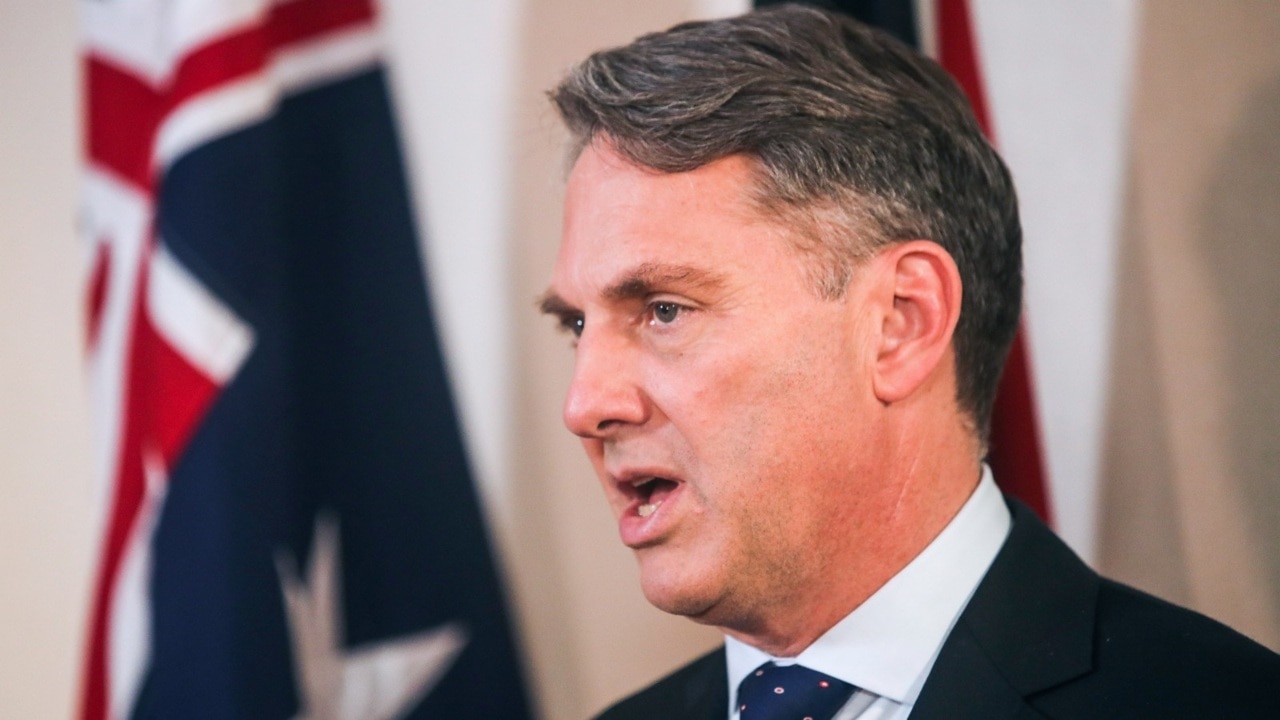
The Albanese government is gambling on a new generation of drone ships to support a new class of 11 frigates as the navy’s core response to the rise of China.
The sweeping plan, to be enacted over two decades, would result in the navy’s surface fleet rising from 11 to 20 major combatants in addition to six large drone-style “optionally crewed” vessels.
It would see an eventual rise in the number of missile cells on ships from a planned 400 to 700, to reverse a dramatic fall in the navy’s firepower over the past 25 years.
To fund the larger fleet, the government will invest an additional $1.7bn in defence over the four-year forward estimates and $11.1bn over the next decade.
This will take defence spending as a proportion of GDP from just over 2 per cent to 2.4 per cent from the early 2030s. But the government will reduce the size of the troubled Hunter-class frigate program – which has been plagued with cost, design and weight issues – from a planned nine ships to six.
The overall plan will also result in a fall in the navy’s capability over the next five years, with the oldest of the eight ageing Anzac frigates, HMAS Anzac, being retired immediately and a second due to be retired in 2026.
The navy will not receive the first of its 11 new “general purpose” frigates until the late 2020s but three will be delivered by 2032.
These frigates, to weigh between 3000 and 5000 tonnes, will be chosen from a shortlist of four existing designs from Spain, Japan, Germany, and South Korea.
To accelerate their arrival, the first three frigates will be bought off the shelf from overseas, with the remaining eight to be built at the Henderson base in Western Australia.
The government said the new frigate fleet would be fast-tracked “to address the risk presented by an ageing and increasingly fragile surface combatant fleet”.
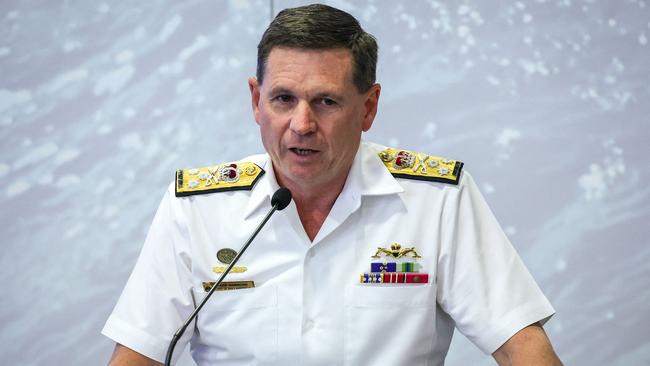
The Coalition warned that Labor’s surface fleet review did not act quickly enough to upgrade Australia’s defence capabilities on the high seas.
Opposition defence spokesman Andrew Hastie said the nation would not see a “new ship in the water until 2031”.
Mr Hastie said Mr Marles should be focused on “what can he fix by 2026”.
Defence expert Michael Shoebridge also warned that major international shipbuilders would be assessing the potential “sovereign risk” attached to Australia’s bid to acquire 11 new general purpose frigates, given a “recent history of cancelling and cutting programs that were announced with great fanfare”.
The most ambitious part of the naval overhaul is the acquisition of six large semi-autonomous ships – called Large Operationally Crewed Surface Vessels (LOSVs) – which will each have 32 vertical launching system missile cells.
These drone-like ships are experimental and are still in development in the US. The ships, which would also be built in Henderson from the mid-2030s, will accompany the main fleet and provide extra firepower. They can be uncrewed although Defence Minister Richard Marles said crews would be used on the Australian fleet.
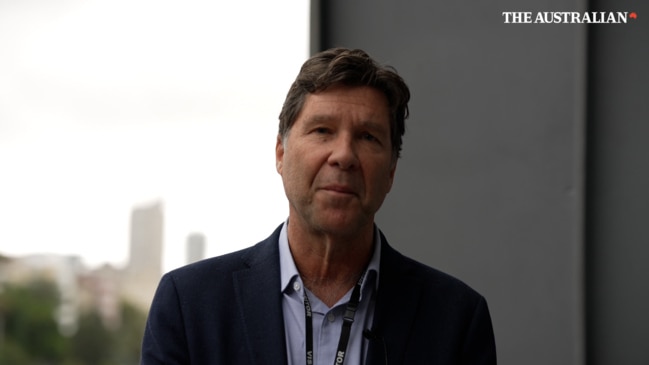
The independent review says the new fleet of LOSVs would increase the “fleet lethality with a lower cost and crewing impact”.
“The enhanced lethality surface combatant fleet will ensure the navy is optimised for operations in our current and future environment, underpinned by the meticulous assessment conducted by the independent analysis team,” Mr Marles said.
The move to strengthen the navy follows a decades-long decline that has seen it saddled with the oldest ships in its history, a severe lack of firepower and inability to find enough crew to sail the existing fleet.
The independent review of the navy’s surface fleet warned that “immediate and timely action” was needed to “remediate” the navy’s combat capability, given Australia’s changed strategic circumstances.
It found that a mix of larger “tier one” warships such as the Air Warfare Destroyers and the Hunter frigates and the new fleet of smaller general purpose frigates would “enable a larger surface combatant force more able to address the breadth of maritime missions” in Australia’s immediate region.
The reduction in the number of Hunter frigates came after the review found that the cost of building all of the frigates would have blown out to $65bn, almost double their original cost estimate when the Hunter class was chosen in 2018.
In response to criticism that the Hunter frigates were to have only 32 missile cells, the government will examine whether it can place Tomahawk cruise missiles on the anti-submarine ships to increase their lethality.
The three active Hobart-class air warfare destroyers, commissioned from 2017 to 2020, will have their combat systems upgraded to reduce the risk of them becoming obsolete and increase the range of missions they can conduct.
As a part of the shake-up, the government will cut the planned number of lightly armed offshore patrol vessels from 12 to six because they do not possess the “survivability” to support the major surface combatants.
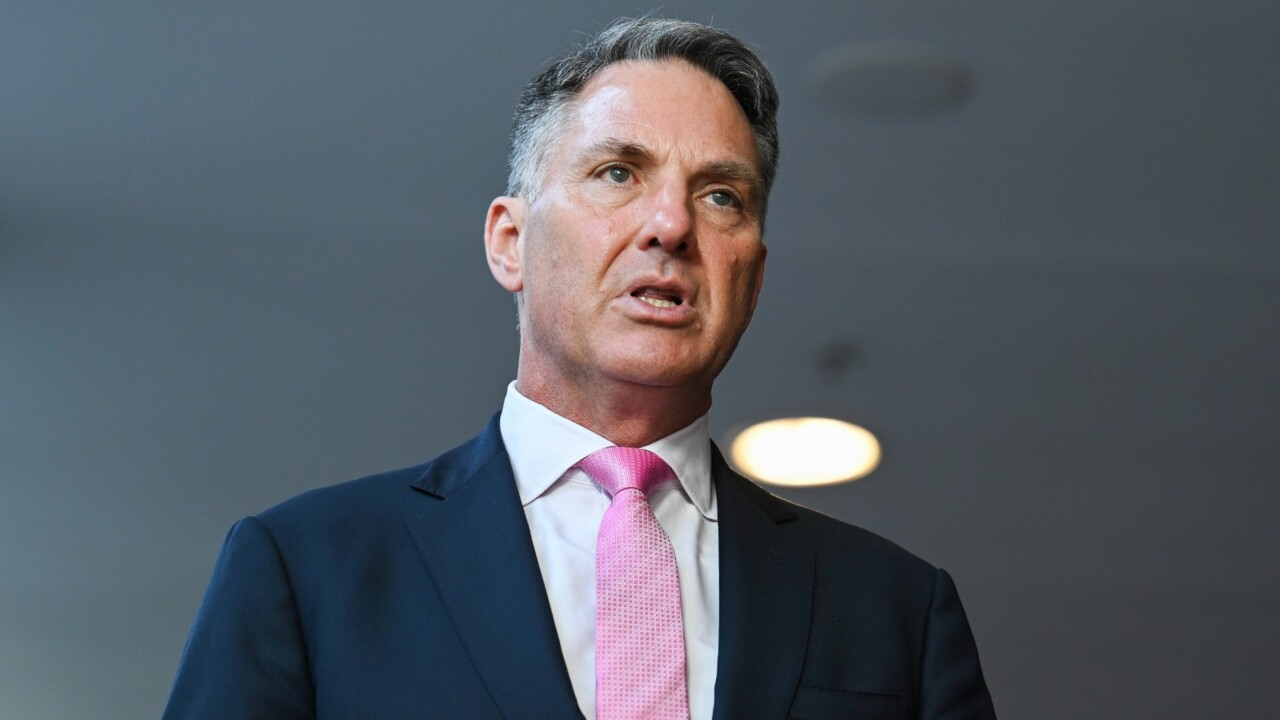
The government has also moved to shore up Labor votes in South Australia and Western Australia by announcing that the plan will create continuous naval shipbuilding in both states.
The government says the move will create 3700 direct jobs over the next decade at the Osborne naval shipyard in South Australia (2500), where the Hunter-class frigates are to be built and the Hobart-class destroyers are to be maintained and Henderson in Western Australia (1200).
The government says its plan for a larger surface fleet will require only a minimal increase in crews because of a rationalisation of crew sizes and an increased reliance on automation.
The Chief of Navy, Vice Admiral Mark Hammond, called it “a serious investment and a serious challenge for our navy to step up and deliver”.
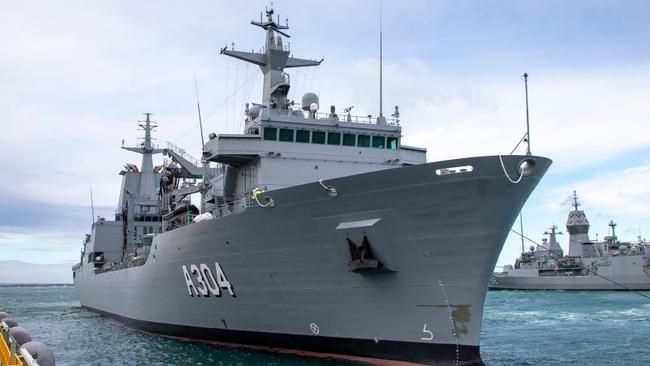
The government’s response comes almost a year after the release of the Defence Strategic Review which warned that Australia faced its worst security outlook in generations given the rise of China.
The major restructure of the navy comes amid criticism that the government has been too slow to react to the dire warnings contained in the DSR at a time when China has embarked on the largest naval build-up in its history.
More Coverage
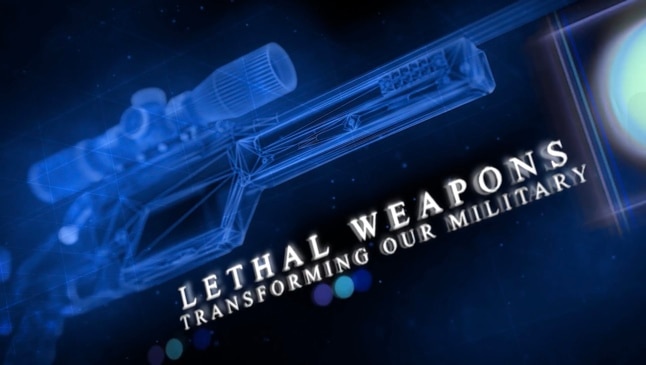



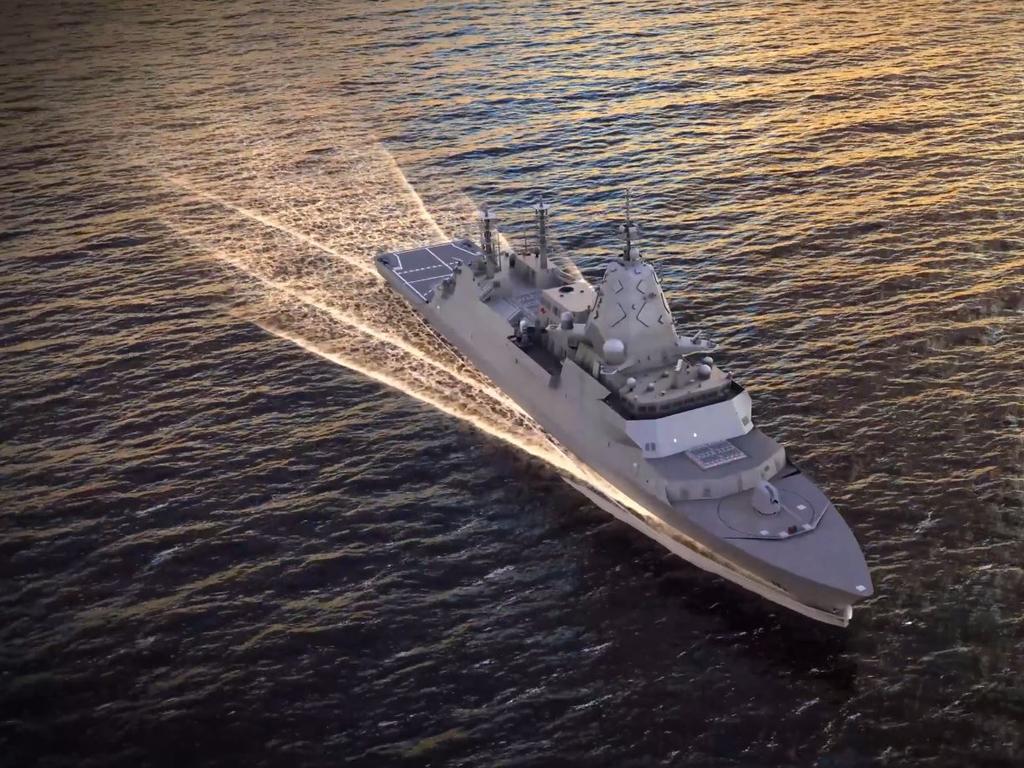




To join the conversation, please log in. Don't have an account? Register
Join the conversation, you are commenting as Logout